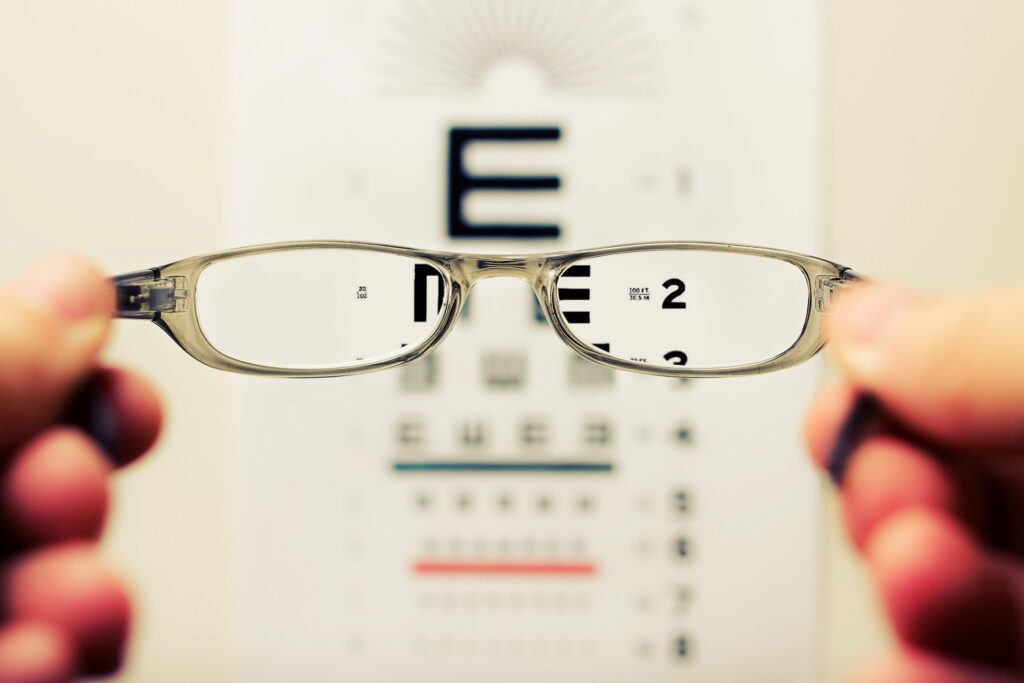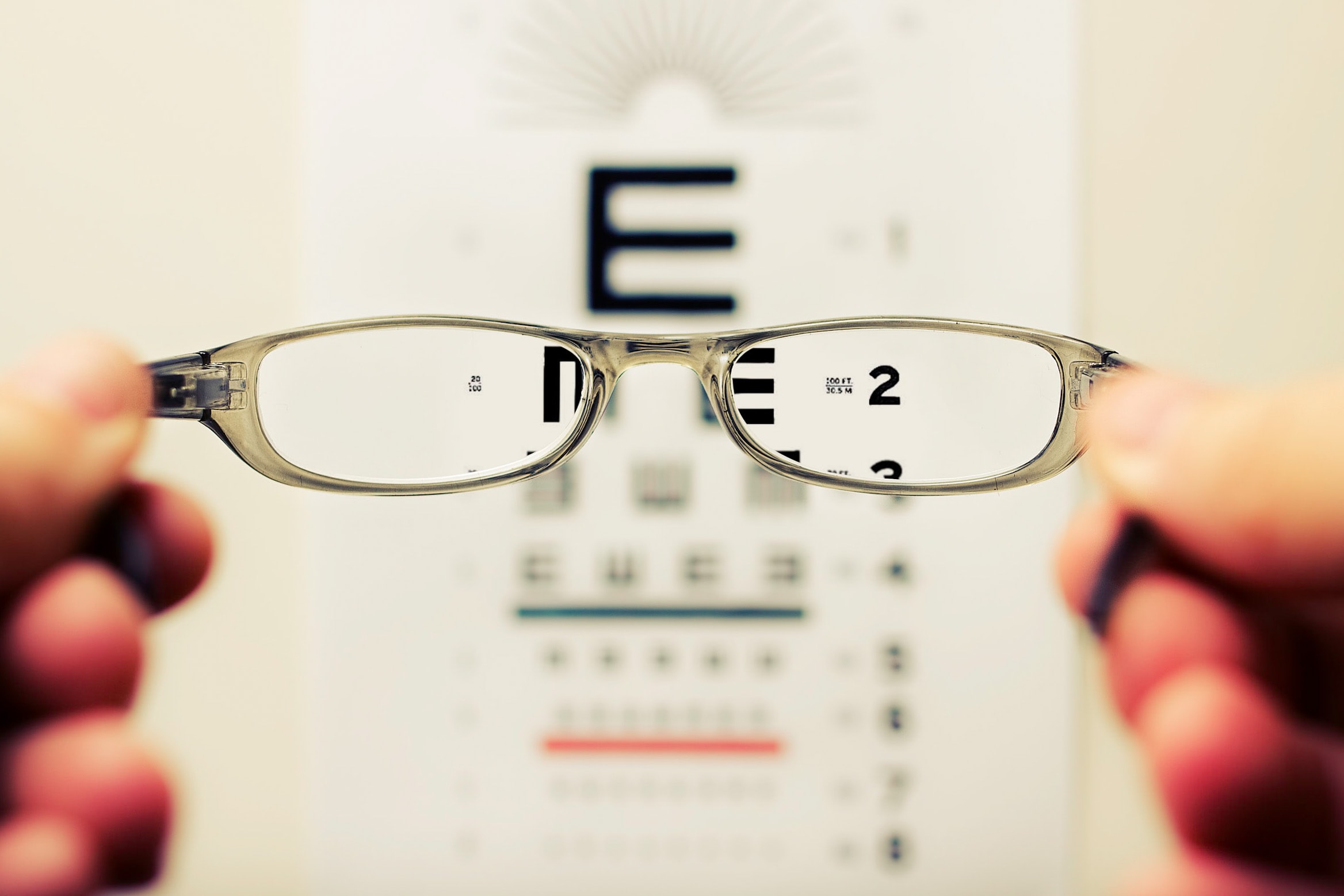Unfortunately, it’s still true that original Medicare does not cover vision services, which includes routine eye exams and prescription eyeglasses – unless you’ve just had cataract surgery. While there’s no one solution to this common need, here are a few tips that can help you save.

Medicare Advantage
While original Medicare doesn’t cover vision services, there are Medicare Advantage plans that do. Medicare Advantage plans, which are sold through private insurance companies, cover all the same medical and hospital services that original Medicare does, but many of them also provide vision as well as dental, hearing and prescription drugs too.
To locate Advantage plans in your area that provide vision coverage, go to Medicare.gov/plan-compare or call 800-633-4227. But before enrolling in a plan, check the benefit details to ensure the plan’s vision coverage includes routine eye exams, eyeglass frames and lenses.
If you are currently enrolled in original Medicare you can switch to a Medicare Advantage plan each year during the open enrollment period, which is between Oct. 15 and Dec. 7. Or, if you already have an Advantage plan that doesn’t provide adequate vision coverage, you can swap to another plan between Jan. 1 and March 31.
If, however, you don’t want to change your Medicare plan, you can still get coverage by purchasing a vision insurance policy – see eHealthInsurance.com. Vision policies typically start at around $11 to $13 per month for an individual, but before signing up make sure your savings potential is worth the cost of the monthly premiums and required copays.
Discount Stores
Purchasing eyeglasses from discount retailers is another way to save. Costco Optical is one of the best discount stores for good eyewear and low prices. Eyeglasses cost an average of around $184, but to shop there you have to pay a $60 annual membership fee. Some other good retail options for low prices include Sam’s Club Optical and Walmart Vision Centers.
You also need to find out if you are eligible for any discounts. Some retailers provide discounts to membership groups like AARP and AAA. AARP members, for example, can get 30 percent off a pair of glasses (frames and lenses) at LensCrafters and Glasses.com, and you save an additional $10 on a complete pair at Target Optical. AARP also offers $55 comprehensive eye exams (dilation included) at participating eye doctors. See AARPVisionDiscounts.comfor more information.
Buy Online
Buying eyeglasses online can also offer huge savings. Stores like and EyeBuyDirect.com sell prescription eyeglasses for as little as $6 and $7. These sites let you upload a photo of your face, so you can see what you’d look like in different frames.
Or, for a snappier choice of frames see WarbyParker.com, which offers single-vision glasses starting at $95. They even offer a free program where you can request up to five pairs to try on at home for five days.
To purchase glasses online, you’ll need a valid prescription from an eye doctor (typically no more than a year old), plus your pupillary distance number, which is the distance, measured in millimeters, between the centers of your pupils in each eye.
Low-Income Assistance
If your income is low, depending on where you live, there may be some local clinics that provide free or discounted eye exams and eyeglasses. Put in a call to your local Lions Club to see what’s available in your area. See Directory.LionsClubs.org for contact information.
You may also be able to get free eyeglasses through New Eyes (New-Eyes.org, 973-376-4903), a nonprofit organization that provides free eyeglasses through a voucher program to people in financial need.
Jim Miller publishes the Savvy Senior, a nationally syndicated column that offers advice for Boomers and Seniors.
Related Articles & Free Subscription

10 Things Medicare Doesn’t Cover
Does Medicare Cover Vision Services?







Comment here